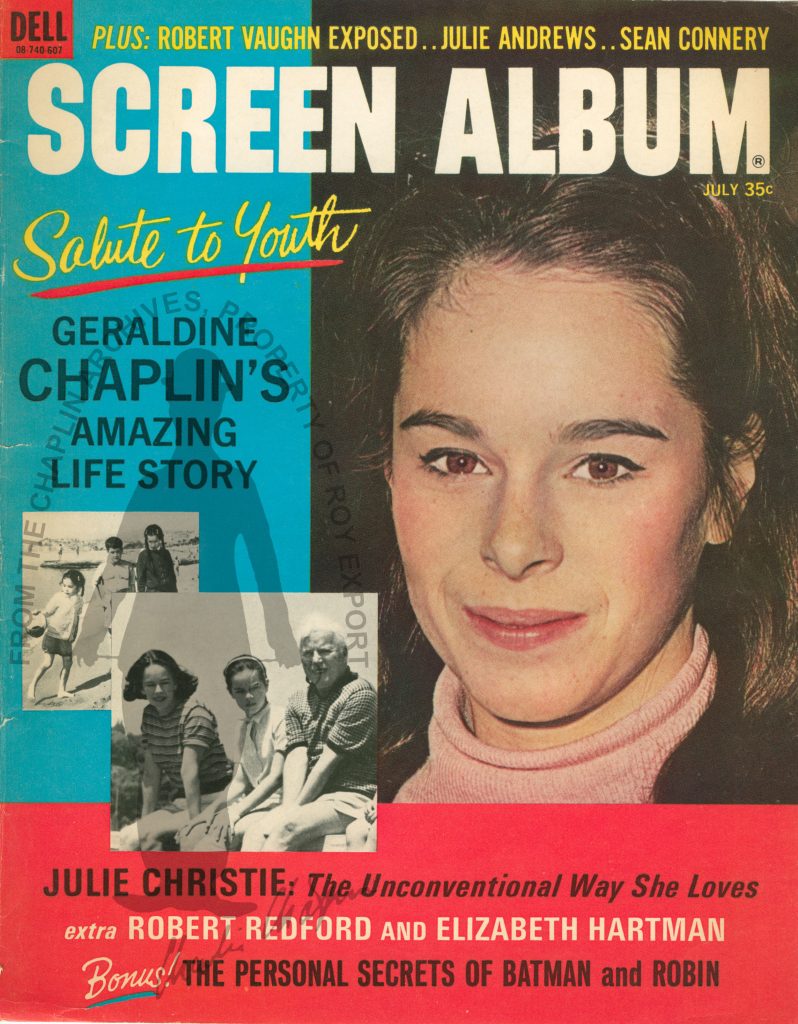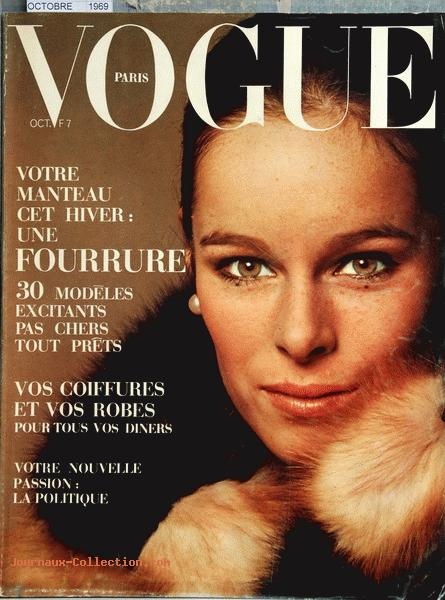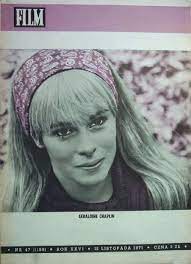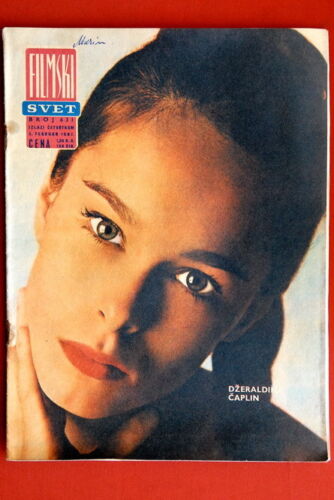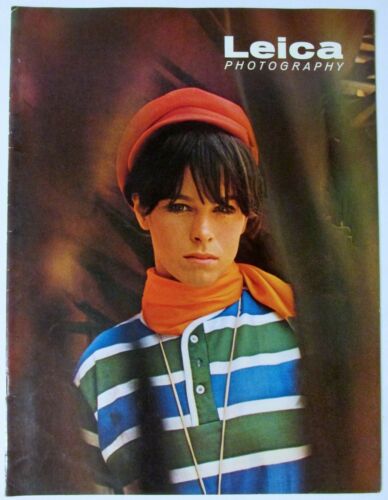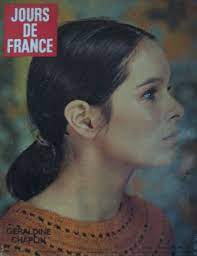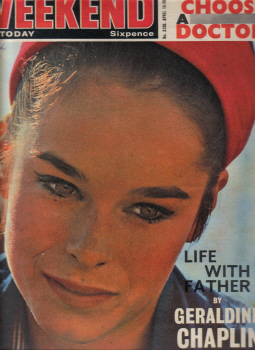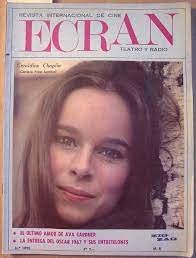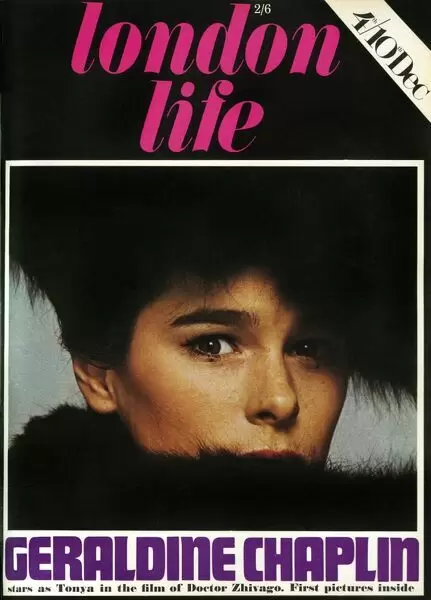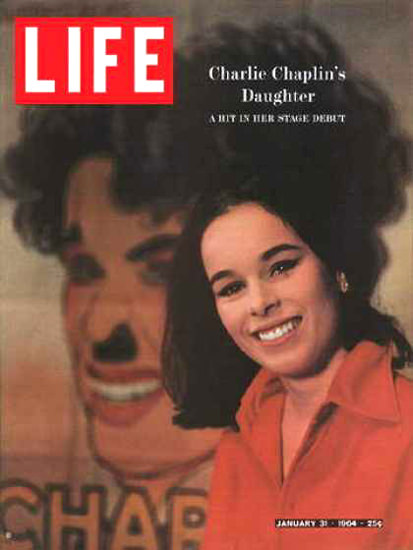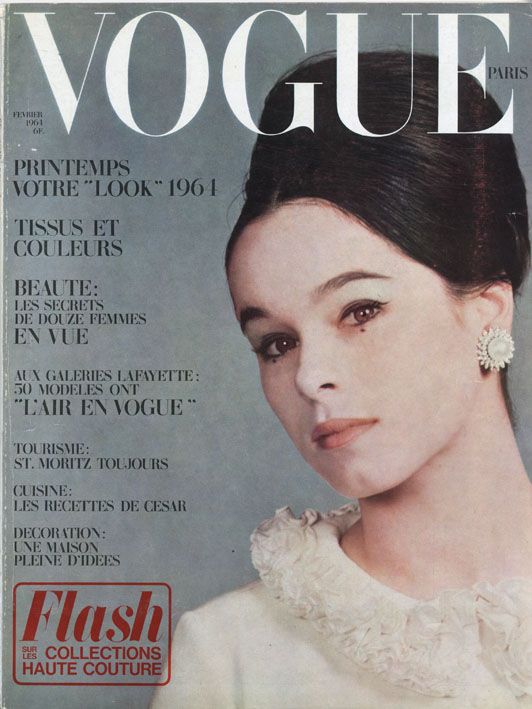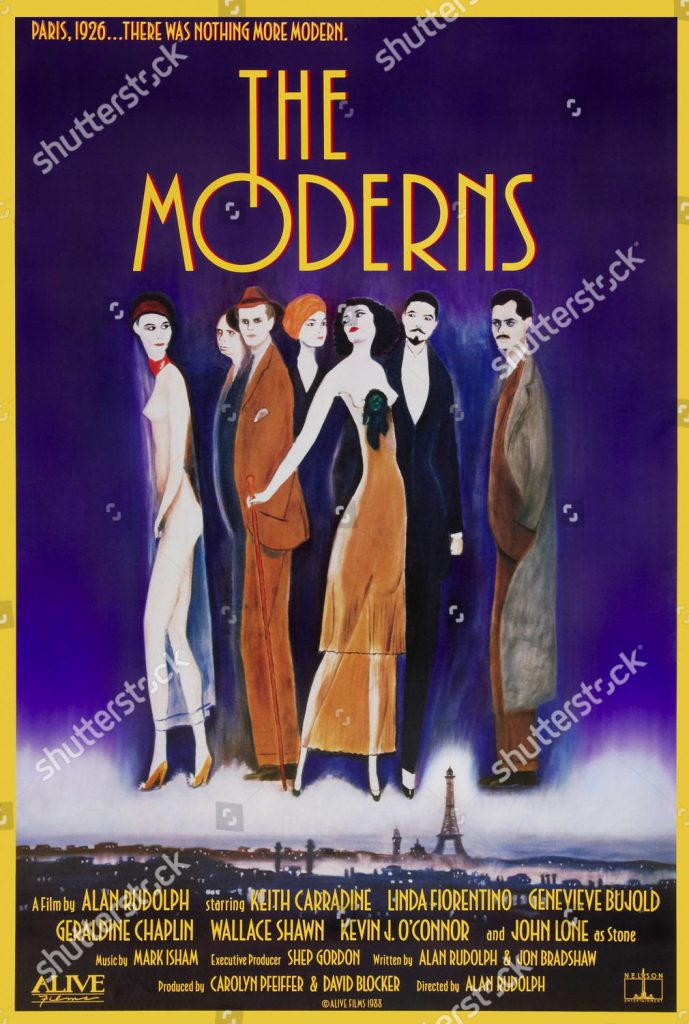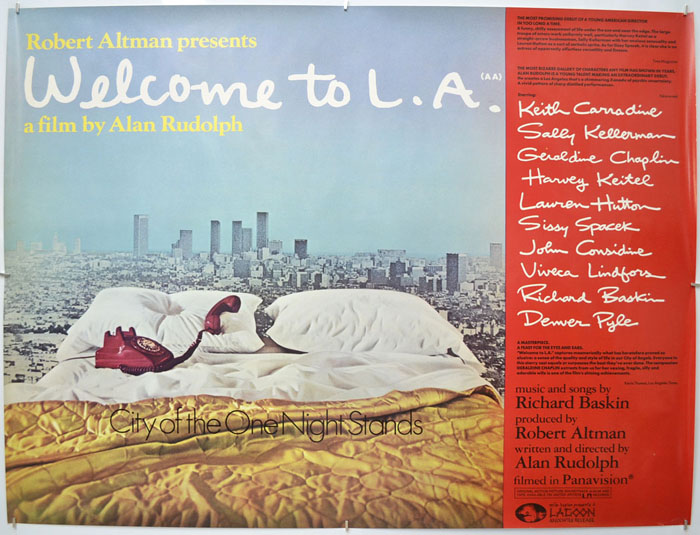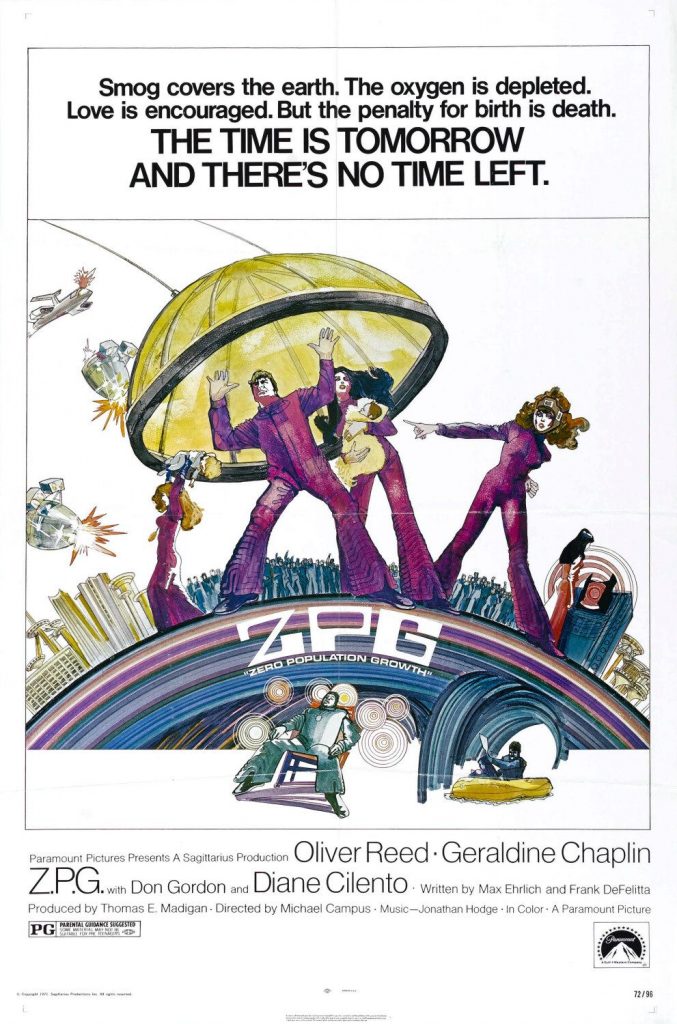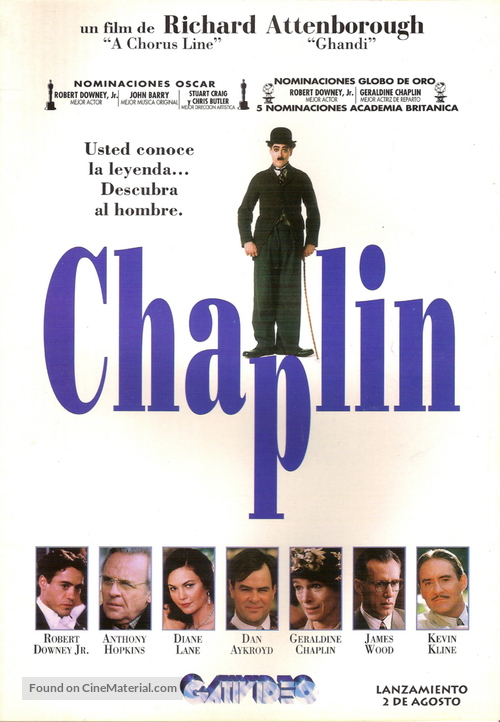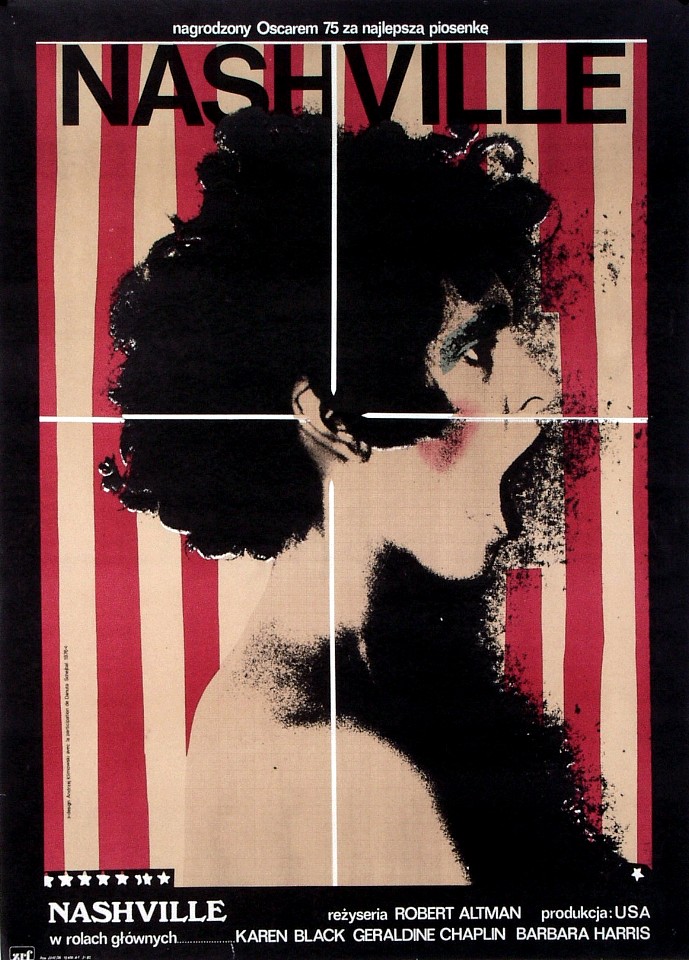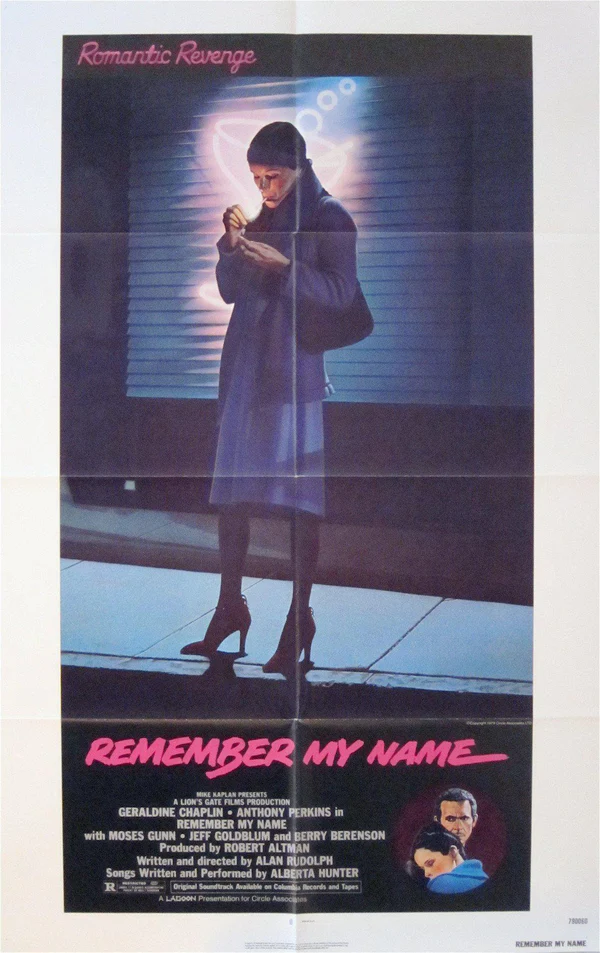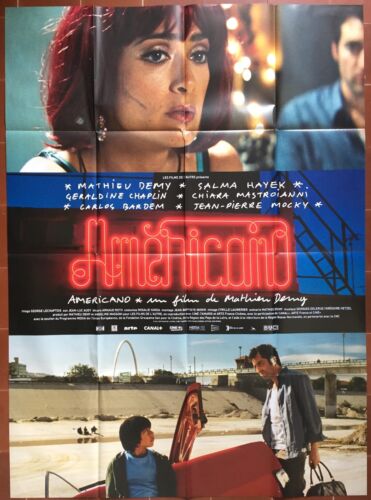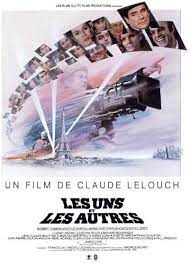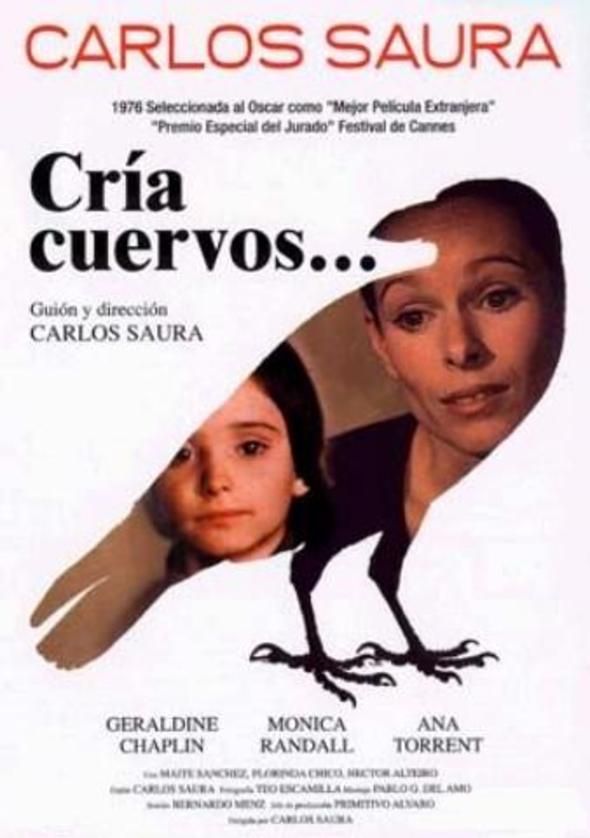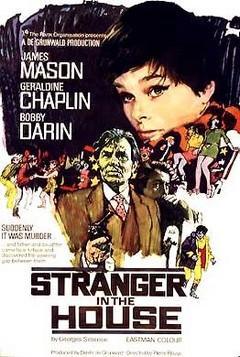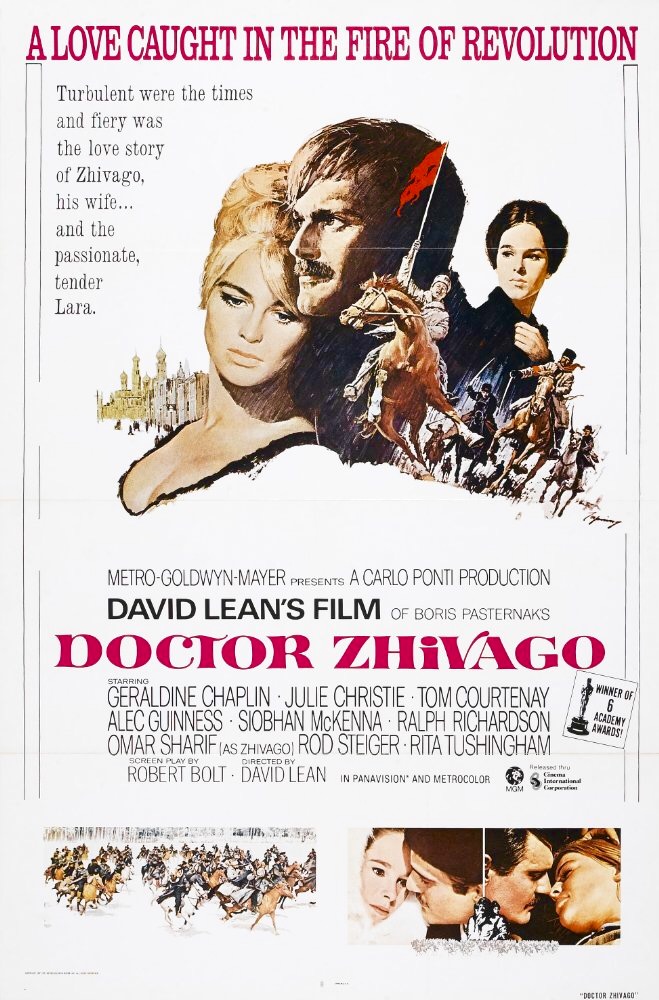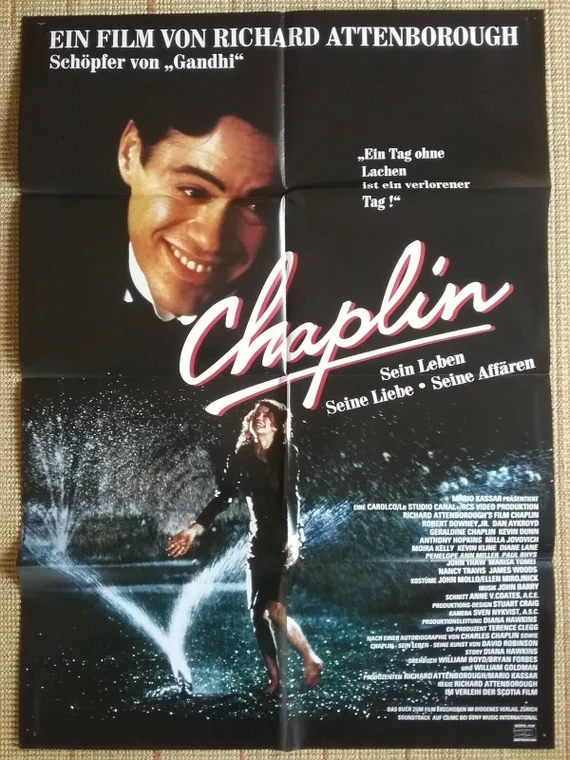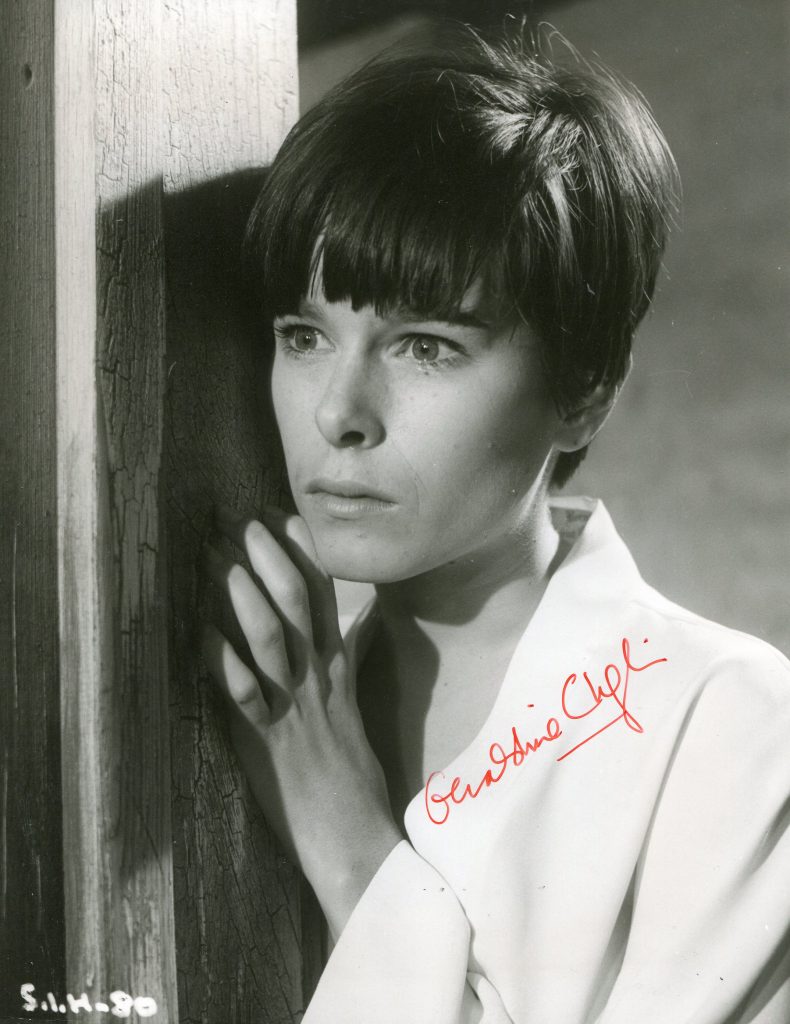
Geraldine Chaplin came to film fame with her role as ‘Tonya Zhivago’ in “Dr Zhivago” opposite Omar Sharif in 1965. She went on to star in “Nashville”, “The Age of Innocence” and “Mother Teresa”. She was born in 1944 in Santa Monica, California. She is the daughter of Charlie Chaplin and the granddaughter of playwright Eugene O’Neill.
TCM overview:
Though she was the daughter of silent film legend Charlie Chaplin, actress Geraldine Chaplin blazed her own trail with a prominent career as a supporting actress in major films in both Hollywood and abroad. After beginning her career with a small part in her father’s film “Limelight” (1952), Chaplin made her official debut as Omar Sharif’s spurned wife in “Doctor Zhivago” (1965) before starting a long romantic and professional collaboration with Spanish director Carlos Suava in the late 1960s. In the following decade, she was Queen Anne in “The Three Musketeers” (1973), a role she reprised in the 1974 and 1989 sequels, and delivered a Golden Globe-nominated performance as the celebrity-obsessed BBC reporter in Robert Altman’s “Nashville” (1975). From there, she collaborated several times with director Alan Rudolph on “Welcome to L.A.” (1976) and “The Moderns” (1988), while playing her own mentally-disturbed grandmother in “Chaplin” (1992), starring Robert Downey, Jr. as her father. She went on to acclaimed supporting turns in Martin Scorsese’s “The Age of Innocence” (1993), Jodie Foster’s “Home for the Holidays” (1995) and Pedro Almodóvar’s “Talk to Her” (2002), while appearing in more commercial Hollywood fare like “BloodRayne” (2006) and “The Wolfman” (2010), making Chaplin one of the more prolific character actors in film.
Born on July 31, 1944 in Santa Monica, CA, Chaplin was the daughter of silent film legend Charlie Chaplin, and his fourth and final wife, Oona O’Neill, herself the daughter of Pulitzer Prize-winning playwright Eugene O’Neill. The first of eight children between her parents, Chaplin moved to Switzerland with her family when she was eight years old because of her father’s exile over alleged Communist activities. While there, she attended several boarding schools and became fluent in both French and Spanish. Also at that age, she made her film debut with an uncredited part in the opening scene of her father’s scandal-ridden feature, “Limelight” (1952), a tragicomic semi-autobiographical drama about a former music hall star forced to contend with his loss of popularity. The film waited 20 years to receive a theatrical release in the United States, though it was warmly received throughout Europe and was considered by later critics to be one of her father’s finest works. Meanwhile, Chaplin attended the famous Royal Ballet School in London, but decided against a dancing career and instead turned to following in her father’s footsteps.
Thirteen years after her film debut, Chaplin made her official splash into acting with a major supporting part in David Lean’s classic romantic epic, “Doctor Zhivago” (1965), starring Julie Christie and Omar Sharif. Chaplin played Tonya Gromeko, the upper-class wife of Sharif’s titular Zhivago, who is forced to immigrate to France after the fall of Russia’s Tsar, only to see her husband remain behind because he is in love with a dressmaker’s daughter (Christie). Chaplin’s performance earned the actress a Golden Globe nomination for New Star of the Year in 1966. From there, she earned high praise for her Broadway debut in “The Little Foxes” (1967), before landing significant parts in rather forgettable films like “Stranger in the House” (1967) and “Peppermint Frappé” (1967). Chaplin next starred opposite Marlon Brando and Sophia Loren in her father’s critically maligned romantic comedy “A Countess from Hong Kong” (1967), while starting a professional and romantic relationship with Spanish director Carlos Suara in the late-1960s that led to starring roles in “Stress is Three” (1968) and “Honeycomb” (1969).
After starring opposite Charlton Heston in “The Hawaiians” (1970), Chaplin was a foreign governess taking care of a group of children in an isolated house in Suara’s drama “Ana and the Wolves” (1973). She had a supporting turn as Queen Anne of Austria in “The Three Musketeers” (1973), a role she reprised for “The Four Musketeers” (1974). Following a highly-acclaimed turn in “Raise Ravens” (1975), Chaplin was a wacky, celebrity-obsessed BBC reporter who might be just a groupie looking to cozy up to musicians in Robert Altman’s classic film, “Nashville” (1975). A standout among a top-notch ensemble cast that included Shelley Duvall, Barbara Harris, Lily Tomlin, Scott Glenn and Ned Beatty, Chaplin earned a Golden Globe nomination for Best Supporting Actress. She went on to play Annie Oakley to Paul Newman’s Buffalo Bill in Altman’s revisionist Western “Buffalo Bill and the Indians, or Sitting Bull’s History Lesson” (1976) and earned a BAFTA Award nomination for Best Supporting Actress for her performance as a San Fernando Valley housewife addicted to taxi rides in Alan Rudolph’s moody “Welcome to L.A.” (1976).
Chaplin continued to tackle interesting roles with a turn as a shy divorcée in James Ivory’s “Roseland” (1977) and as a woman reunited with her estranged father (Fernando Rey) after 20 years in Carlos Suara’s “Elisa, vida mía” (1977). Following more acclaim for her performance as a deranged woman determined to win back her husband (Anthony Perkins) at any cost in “Remember My Name” (1978), she was top-billed in Robert Altman’s ensemble comedy “A Wedding” (1978) before again collaborating with Suara on “Blindfolded Eyes” (1978) and “Mama Turns 100” (1979). In the following decade, Chaplin starred in a number of foreign-made films, including the French musical “Les Uns et les Autres” (1981) and Jacques Rivette’s “Love on the Ground” (1984), before co-starring alongside Jack Nicholson and Meryl Streep in Mike Nichols’ comedy “Heartburn” (1986). She went on to notable supporting turns in “White Mischief” (1987) and “The Moderns” (1988), before reprising Queen Anne again for “The Return of the Musketeers” (1989). A few years later, she delivered a convincing performance as the gaunt, mentally-troubled mother of her own father (Robert Downey, Jr.) in Richard Attenborough’s acclaimed biopic, “Chaplin” (1992). The role earned her another Golden Globe nomination for Best Supporting Actress.
Always busy, Chaplin went on to play Mrs. Welland opposite Daniel Day-Lewis and Michelle Pfeiffer in Martin Scorsese’s costume drama “The Age of Innocence” (1993) and served as comic relief as Anne Bancroft’s slightly dotty sister in Jodie Foster’s “Home for the Holidays” (1995). Following a turn as Miss Scratcherd in Franco Zeffirelli’s adaptation of “Jane Eyre” (1996), Chaplin was Adeline Hulot in “Cousin Bette” (1998) and starred opposite Richard Harris in “To Walk with Lions” (1999). After a supporting role in the biblical “In the Beginning” (2000), she was the operator of a dance studio in Pedro Almodóvar’s highly-acclaimed “Talk to Her” (2002) and the wife of a wealthy man (Fernando Fernán Gómez) dying of cancer in “The City of No Limits” (2002). Chaplin next played the Ghost of Christmas Future in a musical version of “A Christmas Carol” (NBC, 2004), starring Kelsey Grammer as Scrooge, and was the Fortune Teller in the big screen adaptation of the popular video game, “BloodRayne” (2006). Chaplin went on to portray a medium in the well-received gothic horror “The Orphanage” (2007), before co-starring in foreign films like “The Island Inside” (2009) and “The Making of Plus One” (2010). From there, she starred opposite Anthony Hopkins and Benicio del Toro in “The Wolfman” (2010) and earned acclaim alongside daughter Oona Chaplin in the Spanish eco-comedy “What’s a Bear For?” (2011).
By Shawn Dwyer
The above TCM overview can also be accessed online here.
